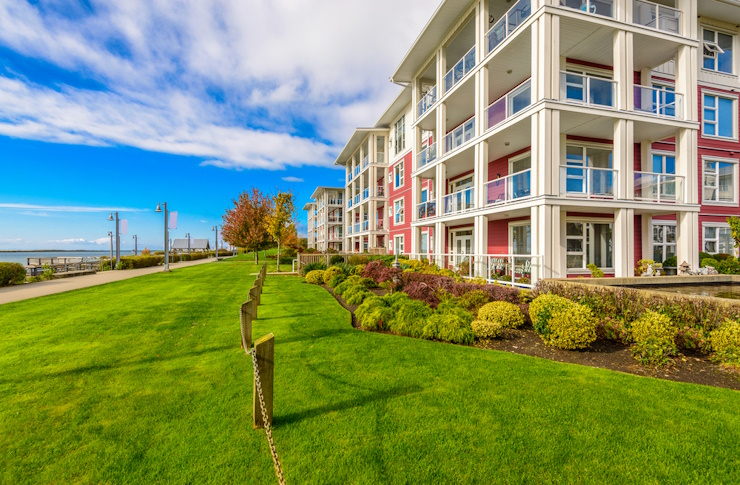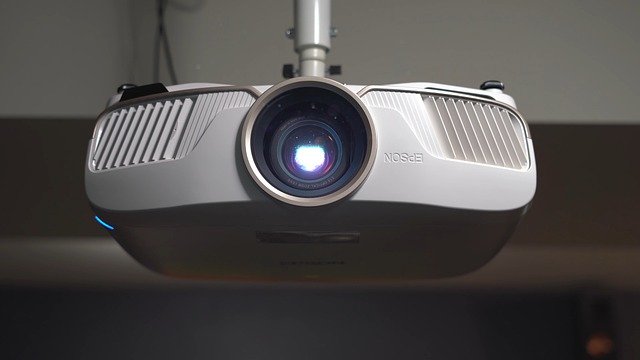Senior Apartments: A Comprehensive Guide to Housing Options for Older Adults
As we age, our housing needs often change. Senior apartments offer a tailored living solution for older adults seeking comfort, convenience, and community. This article explores the world of senior apartments, discussing their features, benefits, and considerations for those looking to make the transition.

How do senior apartments differ from regular housing?
The key distinction between senior apartments and standard housing lies in their design and amenities. Senior apartments are built with accessibility in mind, often featuring wider doorways, grab bars in bathrooms, and elevator access. Many communities also offer social activities, transportation services, and maintenance-free living. Unlike regular apartments, these complexes foster a sense of community among peers, which can be particularly beneficial for older adults looking to maintain an active social life.
What amenities can you expect in senior apartments?
Senior apartment communities typically offer a range of amenities tailored to older adults’ lifestyles. Common features include:
-
Fitness centers with senior-friendly equipment
-
Community rooms for social gatherings and events
-
On-site laundry facilities or in-unit washers and dryers
-
Transportation services for shopping and medical appointments
-
Emergency call systems for added safety
-
Outdoor spaces like gardens or walking paths
These amenities are designed to promote independence, social interaction, and overall well-being among residents.
Are senior apartments considered affordable housing?
While not all senior apartments fall under the category of affordable housing, many do offer more budget-friendly options compared to traditional rental properties. Some senior apartment communities participate in government programs or offer income-based rent, making them more accessible to seniors on fixed incomes.
What factors should you consider when choosing a senior apartment?
Selecting the right senior apartment involves evaluating several factors:
-
Location: Proximity to family, healthcare facilities, and amenities
-
Cost: Monthly rent, utilities, and any additional fees
-
Community atmosphere: Social activities and opportunities for interaction
-
Accessibility features: Ensuring the apartment and common areas meet your mobility needs
-
Services offered: Transportation, housekeeping, or meal options
-
Pet policies: If you have a furry companion
It’s essential to visit multiple communities and speak with current residents to get a feel for the living environment before making a decision.
What are the typical costs associated with senior apartments?
The cost of senior apartments can vary widely depending on location, amenities, and services offered. Here’s a general overview of pricing for different types of senior housing options:
| Housing Type | Monthly Cost Range | Typical Amenities |
|---|---|---|
| Independent Living | $1,500 - $4,000 | Meals, housekeeping, activities |
| Senior Apartments | $1,000 - $3,000 | Some utilities, maintenance |
| Subsidized Housing | $300 - $800 | Basic amenities, income-based rent |
| Continuing Care | $3,000 - $6,000+ | Comprehensive care, tiered services |
Prices, rates, or cost estimates mentioned in this article are based on the latest available information but may change over time. Independent research is advised before making financial decisions.
When budgeting for senior apartments, consider additional costs such as utilities, transportation, and any à la carte services not included in the base rent. Some communities may also require an entrance fee or deposit.
Choosing the right senior apartment can significantly impact quality of life in later years. These specialized housing options offer a balance of independence and community, tailored to the needs of older adults. By carefully considering factors such as location, amenities, and cost, seniors can find a living situation that supports their lifestyle and promotes well-being. As the population ages, the demand for senior apartments continues to grow, leading to more diverse and innovative housing solutions for older adults.






